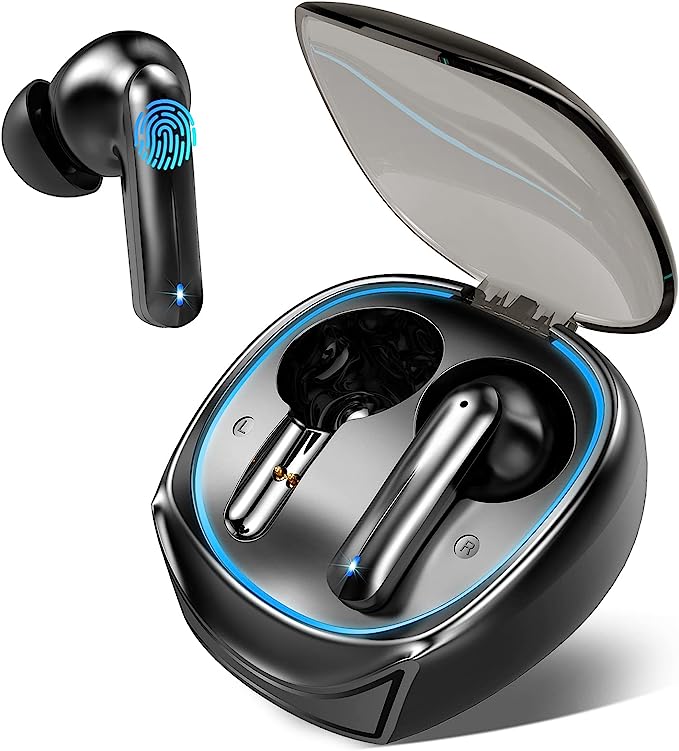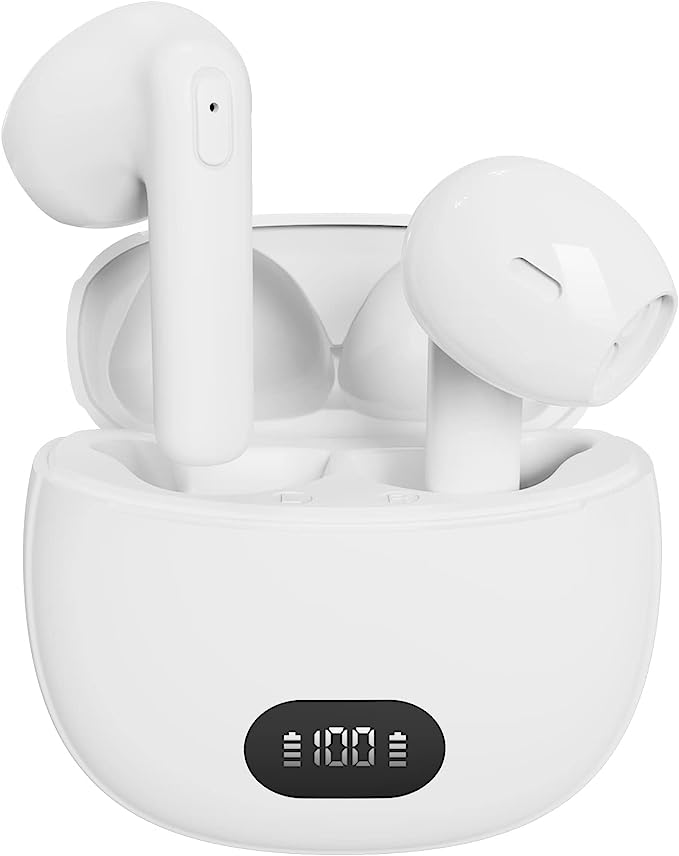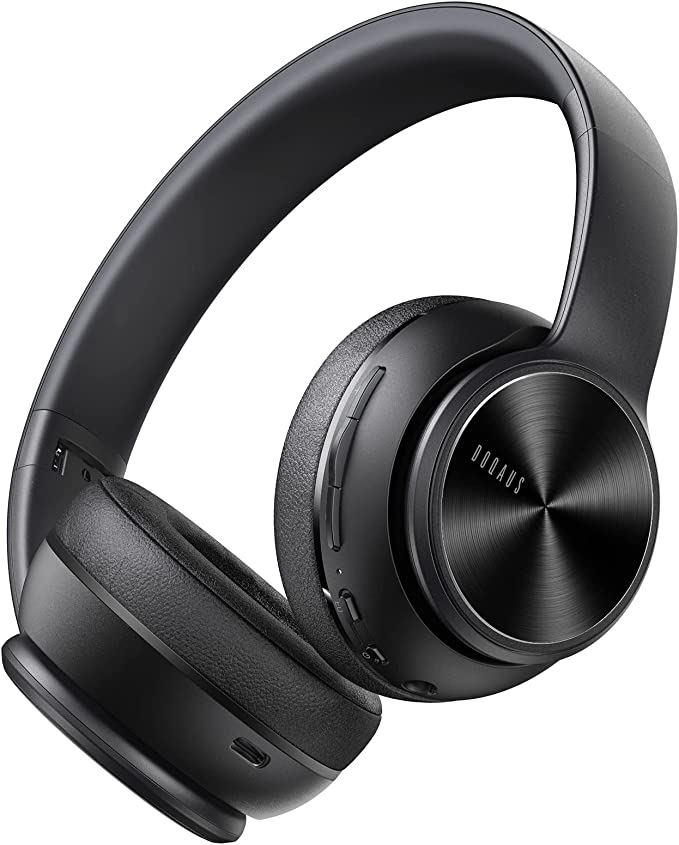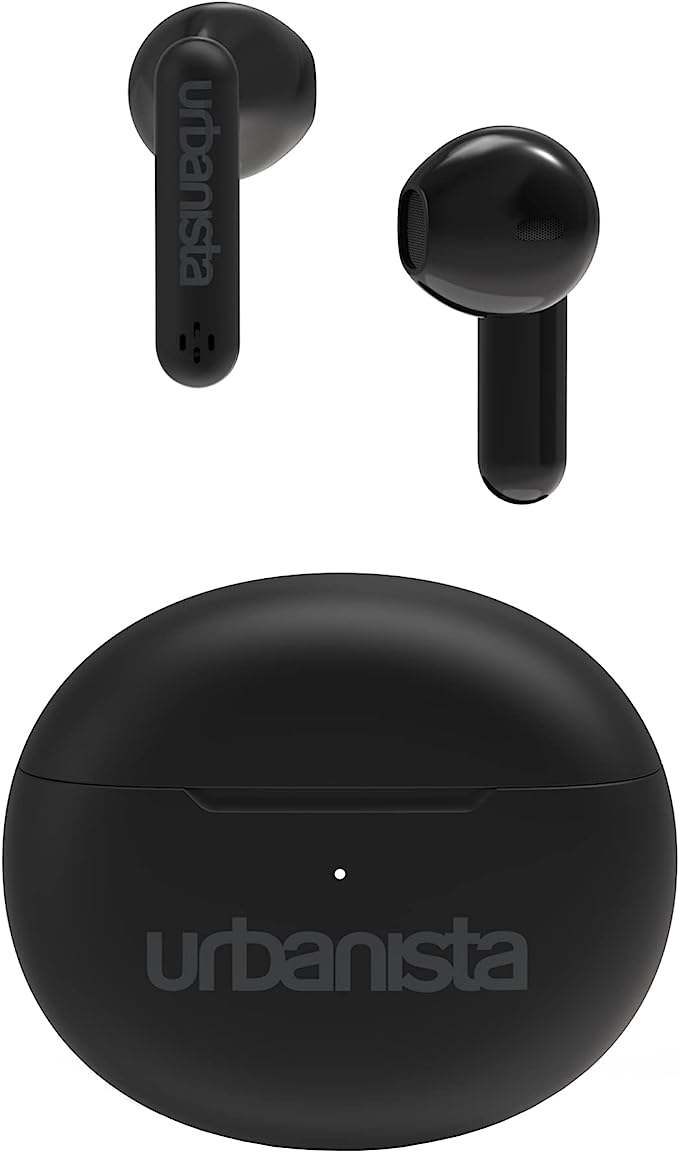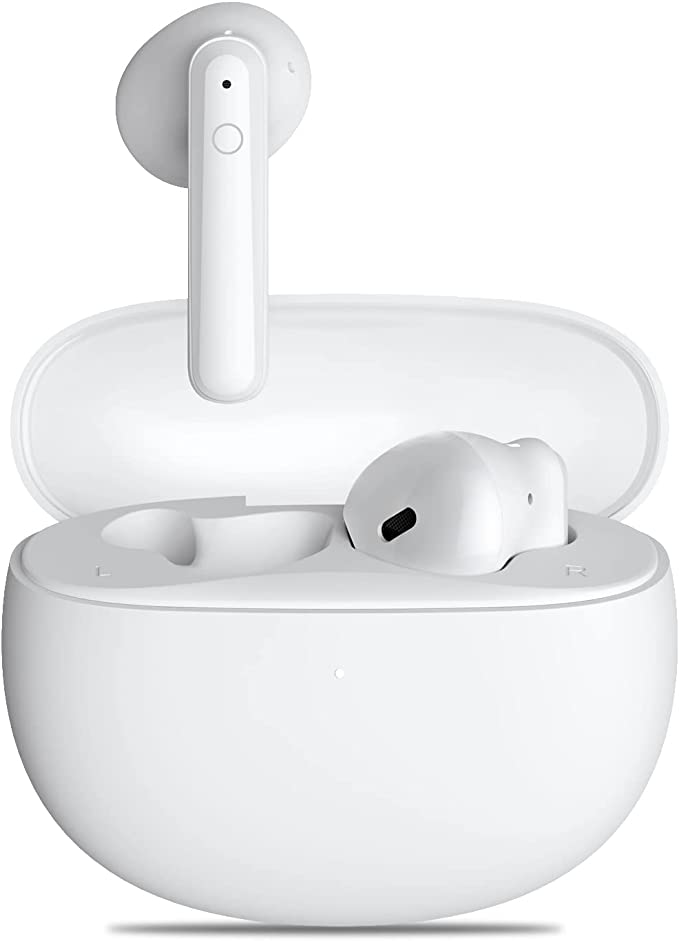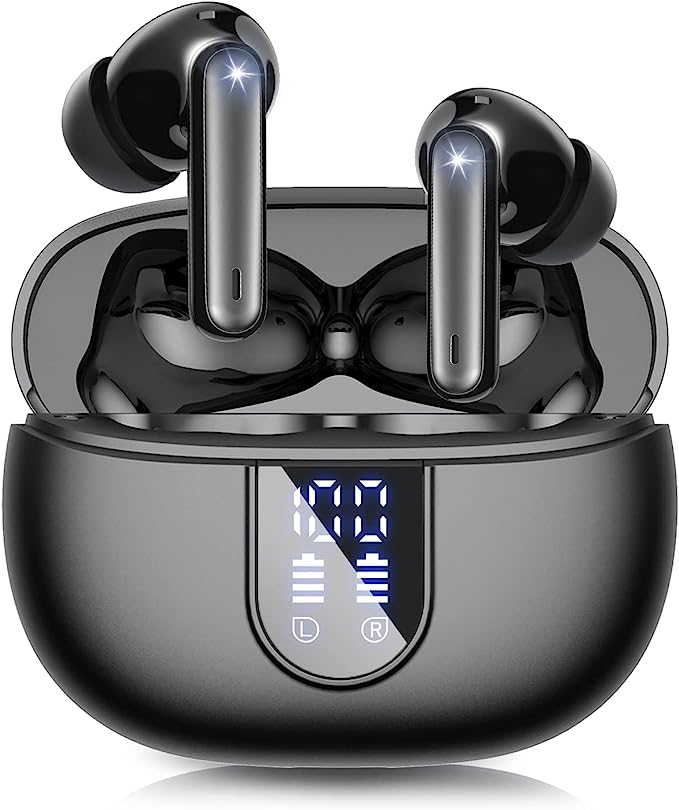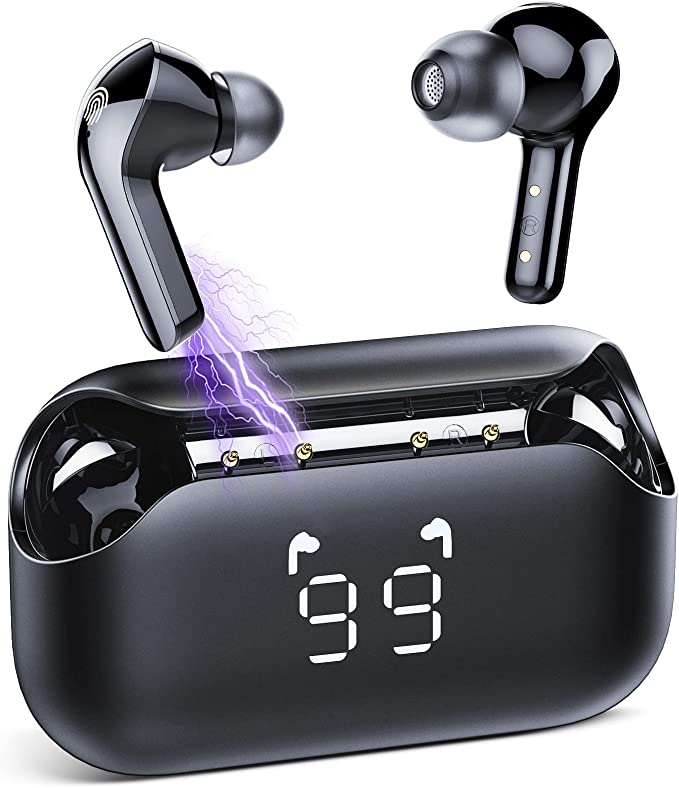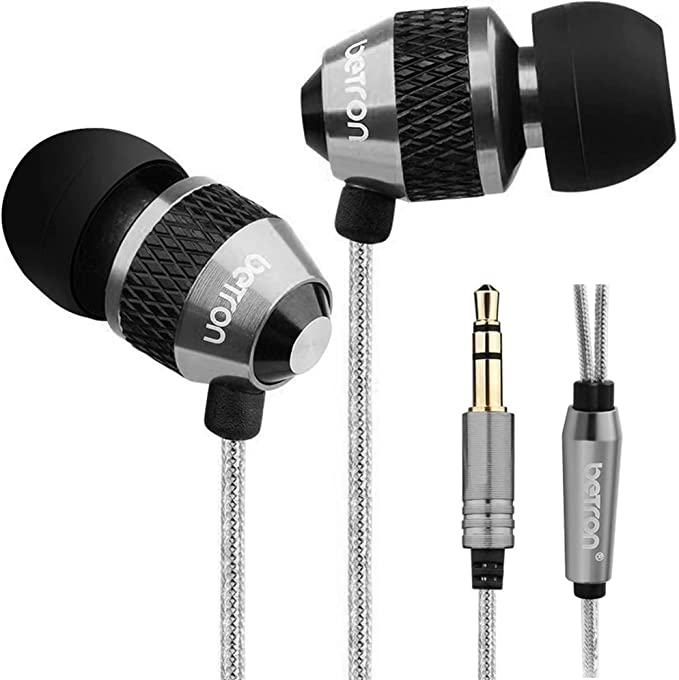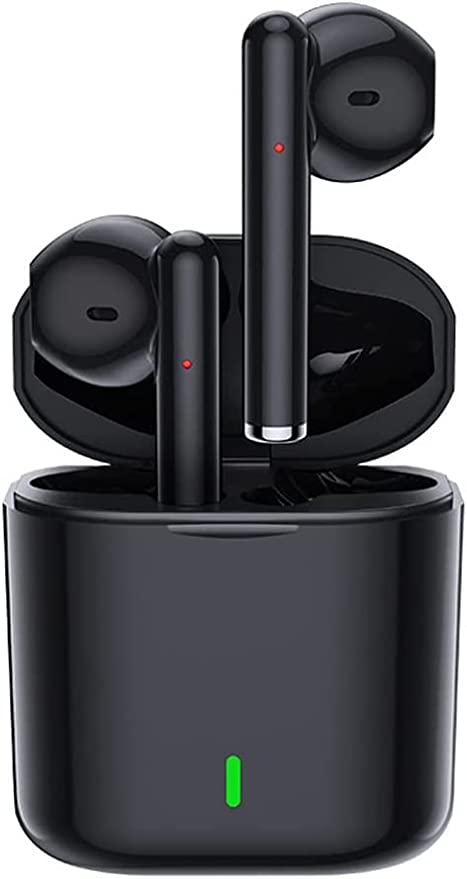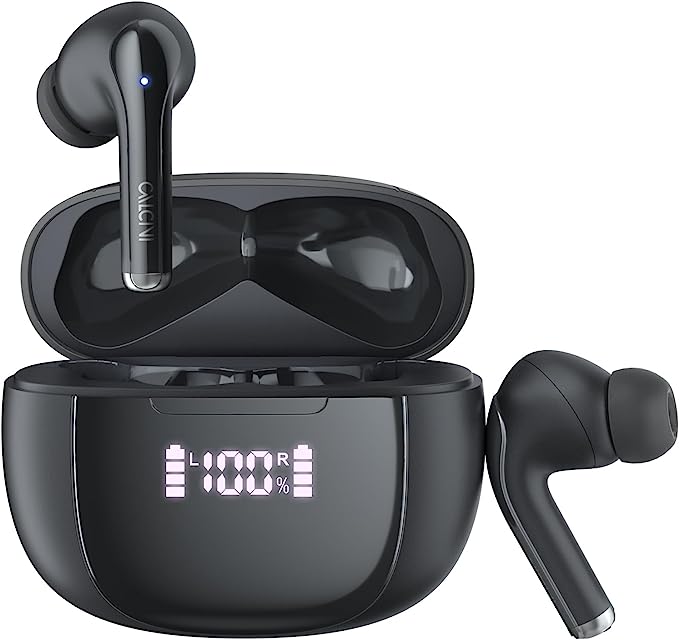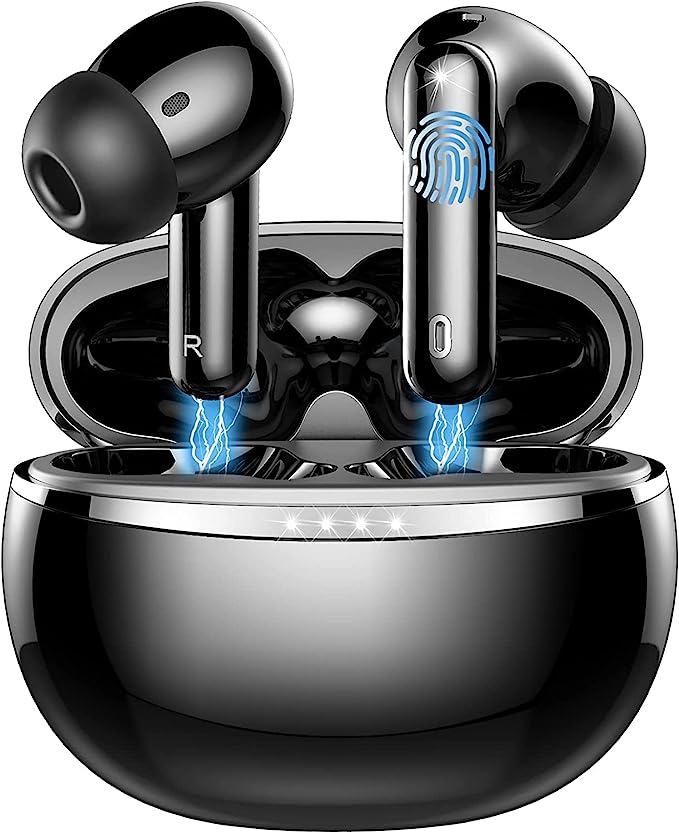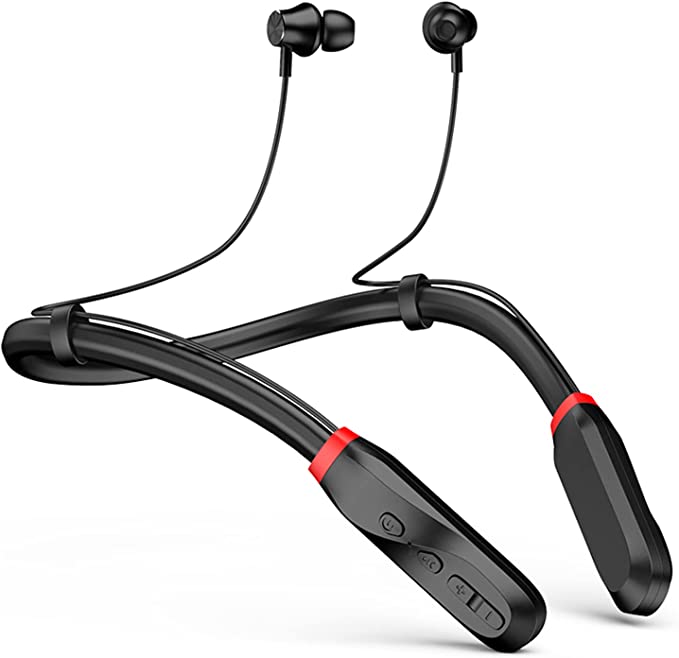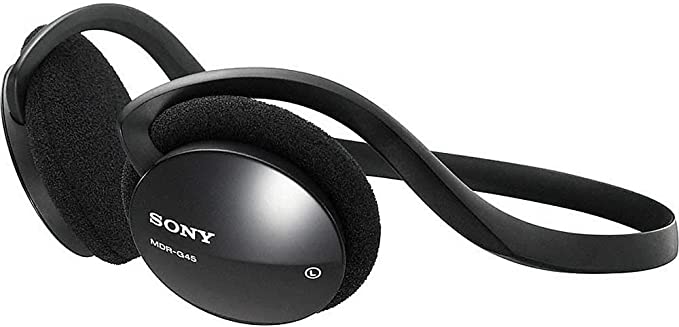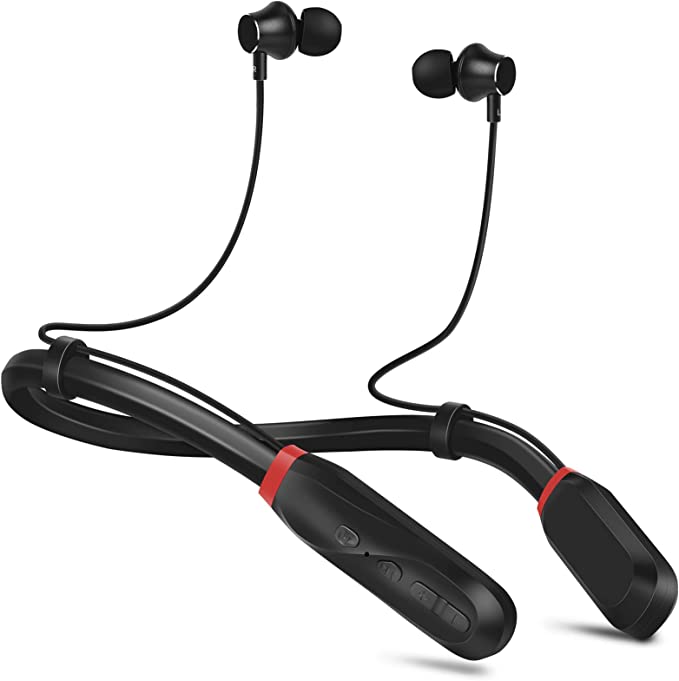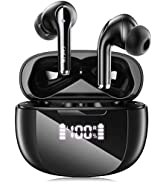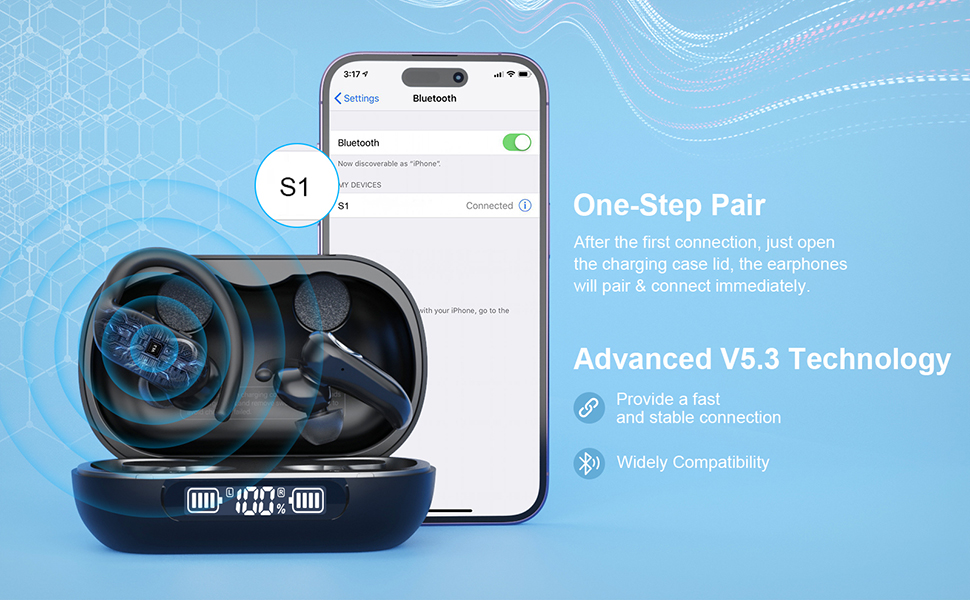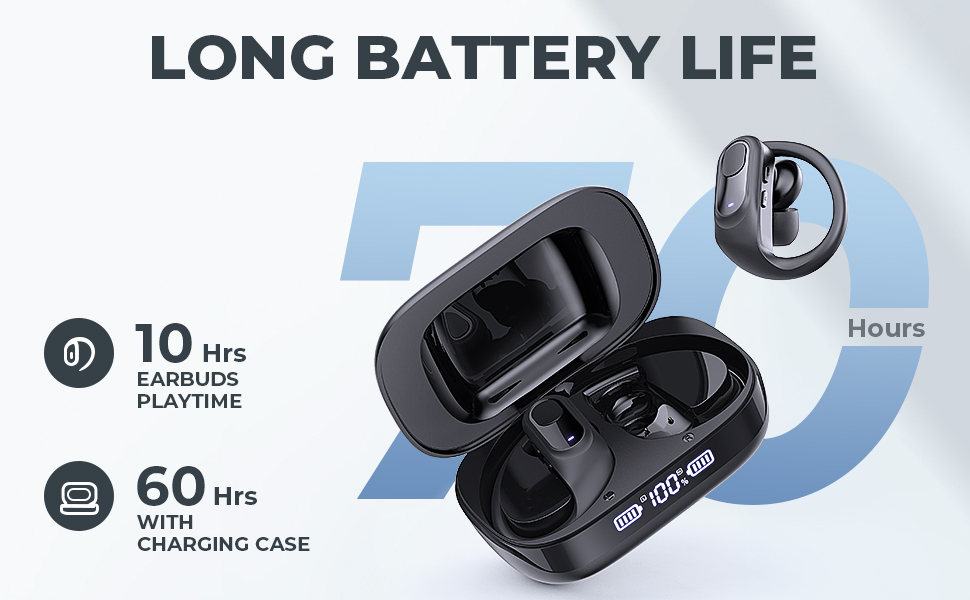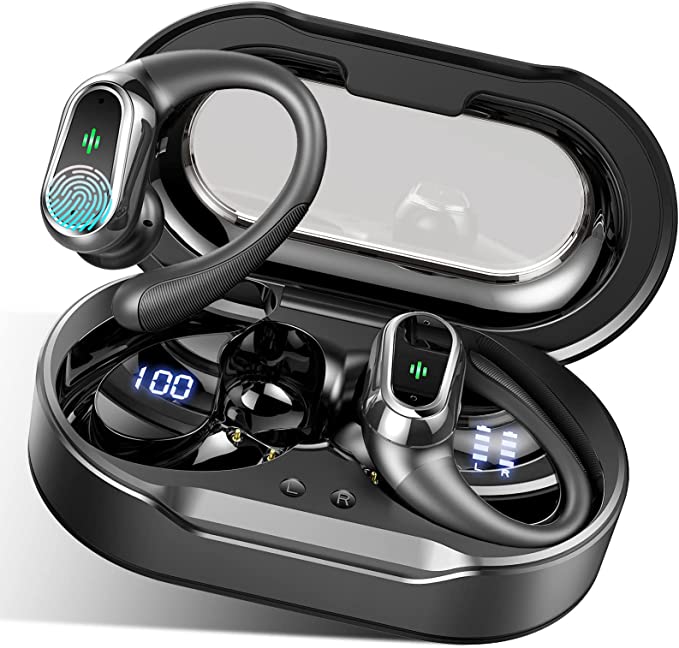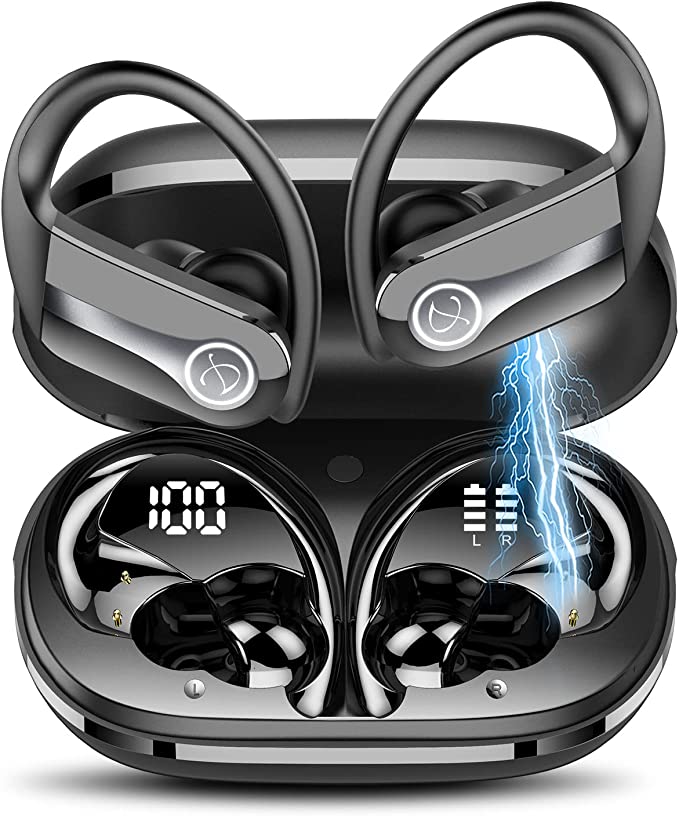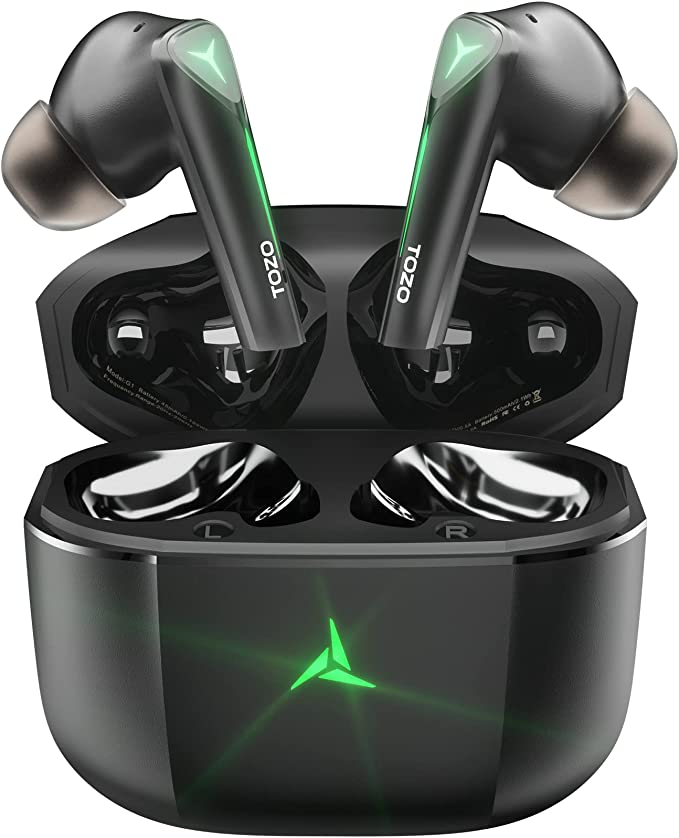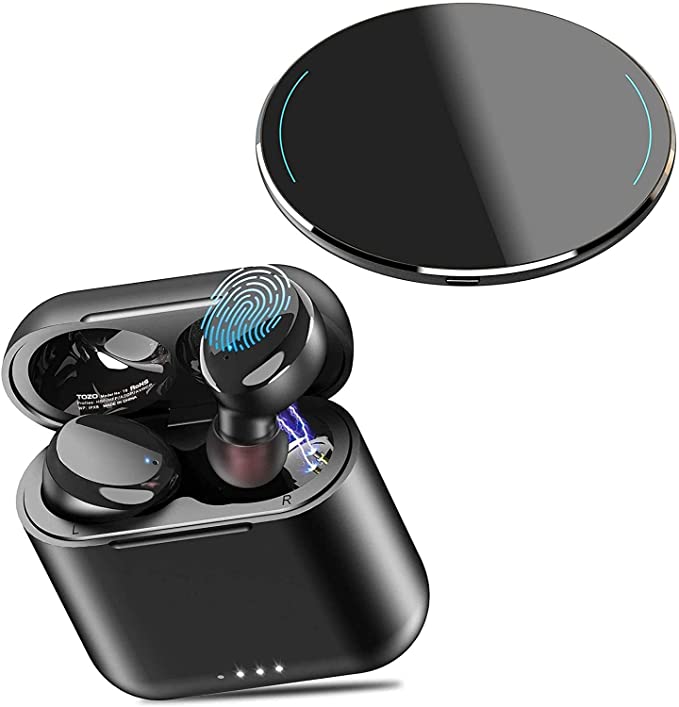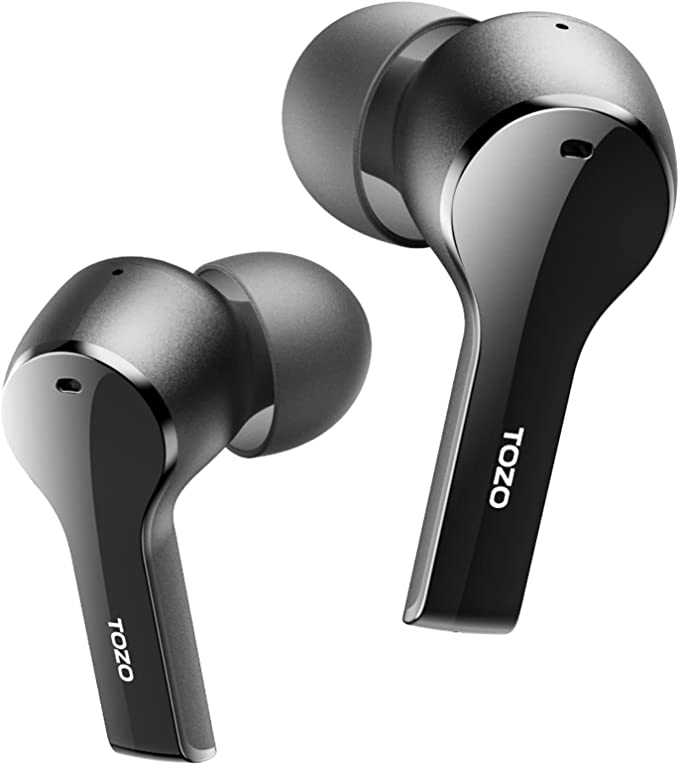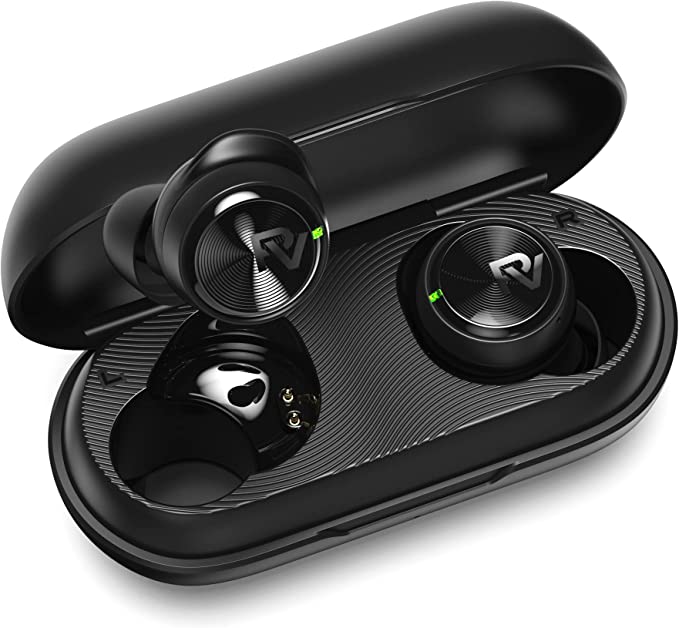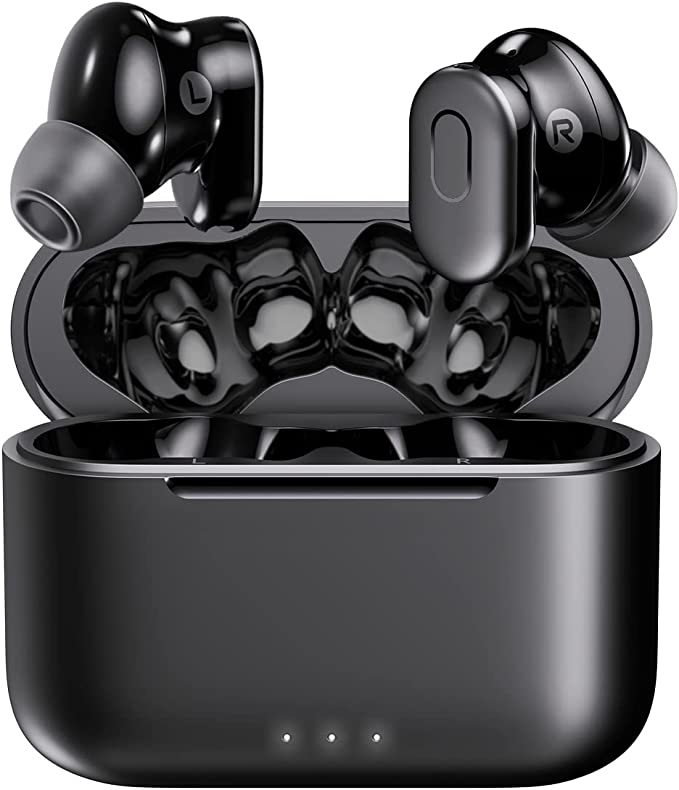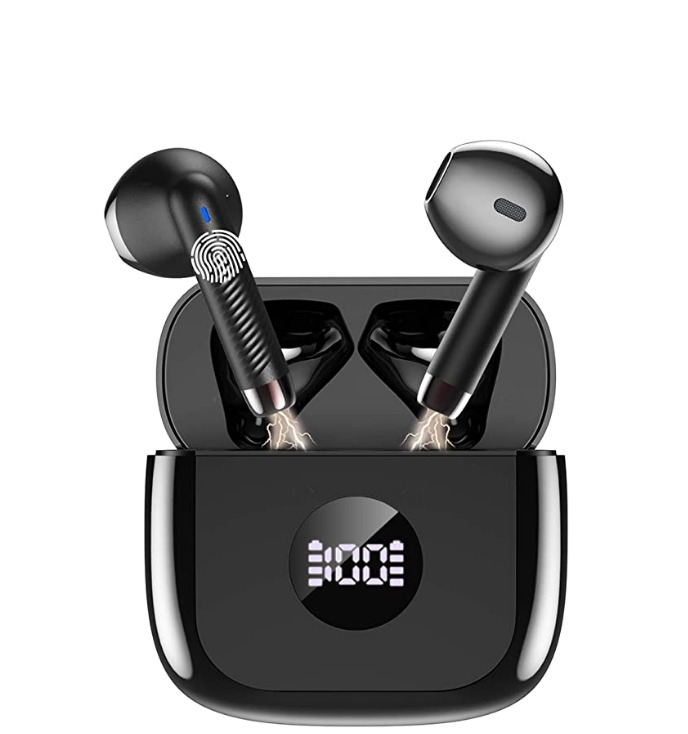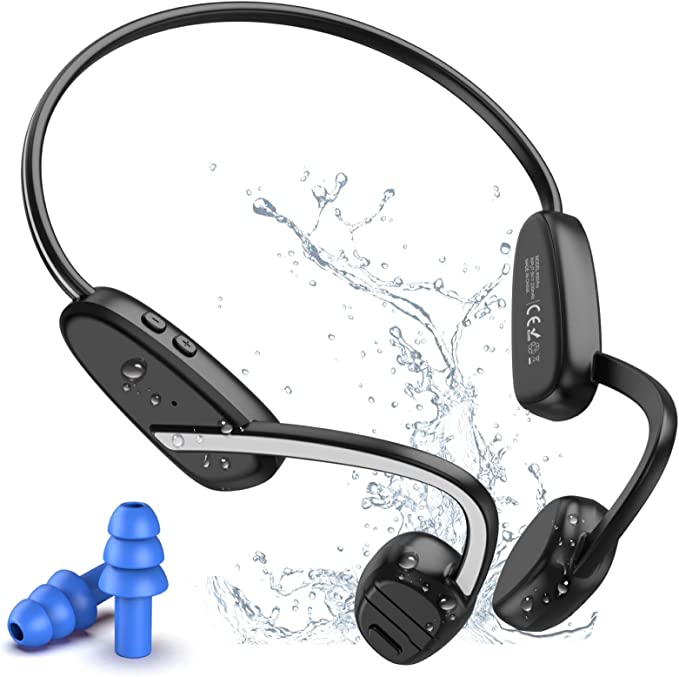The Physics of Stamina: Decoding the 150-Hour Battery and Neckband Architecture of the Rythflo WH03
Update on Nov. 22, 2025, 6:11 p.m.
In the relentless miniaturization of consumer electronics, battery life is often the first casualty. The industry’s obsession with True Wireless Stereo (TWS) earbuds has normalized a “charge-every-day” anxiety, constrained by the physics of fitting a battery into an ear canal. The Rythflo WH03 challenges this paradigm by resurrecting and refining a form factor that prioritizes utility over invisibility: the Neckband.
By leveraging the “Neckband Architecture,” the WH03 achieves a staggering 150 hours of playtime. This is not a marginal improvement; it is an order-of-magnitude leap enabled by Volumetric Energy Density. To understand this device, we must analyze it not as a fashion accessory, but as a study in space management and energy efficiency.

Volumetric Engineering: The 150-Hour Math
The defining specification of the WH03 is its runtime. A typical TWS earbud holds a 40-50mAh coin cell battery. The WH03, however, utilizes the ample volume within the silicone neckband to house a significantly larger Lithium-Polymer (Li-Po) battery pack, likely in the range of 1000mAh or more.
- Space vs. Density: In TWS buds, battery size is limited by ear comfort. In a neckband, the weight rests on the trapezius muscles (shoulders), which can support exponentially more mass without fatigue. This allows engineers to use high-capacity prismatic cells that would be impossible to fit in an earbud.
- Fast Charging Thermodynamics: Larger batteries can absorb higher charging currents without overheating. The WH03’s ability to gain 15 hours of playback from a 10-minute charge suggests a robust thermal management system, likely using the neckband’s surface area as a passive heat sink during rapid energy transfer.

Acoustic Dynamics: The 13mm Driver Advantage
Freed from the need to cram a battery, antenna, and logic board directly behind the driver, the acoustic chamber of the WH03 is optimized for sound. It houses a 13mm Dynamic Driver.
- Air Displacement: A 13mm diaphragm has roughly 70% more surface area than the 10mm standard found in many compact buds. In acoustic physics, bass is essentially the movement of air volume. The larger surface area allows the driver to generate deep, resonant low frequencies with less linear excursion, reducing distortion.
- Chamber Resonance: The wired connection from the neckband allows the earbud housing to be dedicated almost entirely to acoustics. This “clean” back volume minimizes internal reflections that can muddy the midrange, contributing to the “enhanced clarity” noted in the acoustic profile.

Connectivity Topology: Bluetooth 5.3 Efficiency
The WH03 employs Bluetooth 5.3. In a neckband configuration, the radio implementation differs fundamentally from TWS. * Simpler Topology: TWS requires a complex “sniffing” or forwarding protocol to sync left and right buds wirelessly. The WH03 is physically wired left-to-right. The Bluetooth chipset only needs to maintain one stable link to the phone. This reduces the processing overhead (CPU load) and radio duty cycle, further extending battery life. * Latency: The wired inter-ear connection eliminates the phase sync latency inherent in TWS, providing a naturally tighter stereo image and potentially lower latency for video.

Durability Engineering: IPX7 and Magnetic Utility
The neckband form factor is inherently geared towards active use. The WH03 carries an IPX7 rating. * Hydrostatic Resistance: IPX7 denotes the ability to withstand submersion in 1 meter of water. Unlike IPX4 (splash proof), this requires hermetic sealing of the control pods and battery compartments. * Magnetic Retention: The “Magnetic Design” is a functional engineering solution to cable management. By snapping the earbuds together when idle, it creates a closed loop (a necklace), preventing the device from sliding off during movement and protecting the driver grilles from debris intrusion.

Conclusion: The Pragmatist’s Choice
The Rythflo WH03 is a rejection of the “smaller is better” trend. It argues that for heavy users—travelers, commuters, and marathon runners—Utility outweighs Invisibility. By embracing the neckband architecture, it unlocks battery capacities and driver sizes that are physically impossible in TWS form factors. It is an engineering solution designed for those who measure battery life in weeks, not hours.


